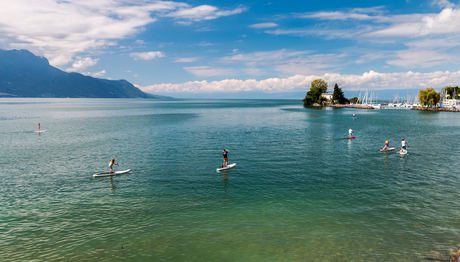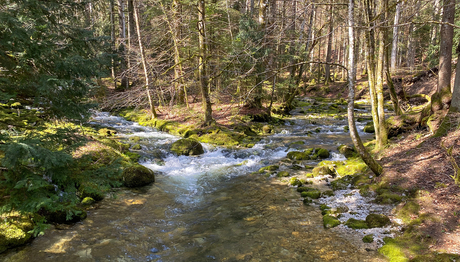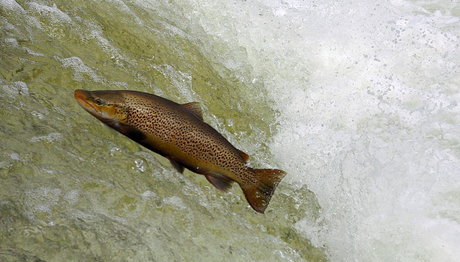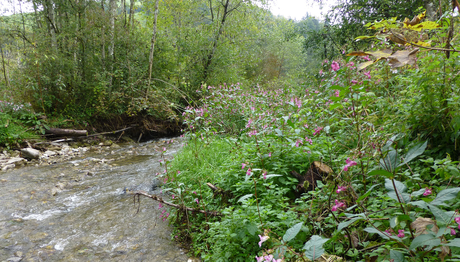The latest news from Eawag
Refine search
Refine search

Impact of high-temperature heat storage on groundwater
June 13, 2024

Underwater camera explores microcosms in Lake Zug
June 5, 2024

500 volunteers needed to give Lake Geneva a check-up
May 21, 2024

Four ponds, 100 square metres, diverse and fluctuating: ...
May 16, 2024

Deficits in the ecological state of small Swiss streams
May 6, 2024

The risky life of a lake trout
April 22, 2024

Impacts of invasive species transcend ecosystem ...
April 4, 2024

Revision of the Plant Protection Products Ordinance: ...
April 3, 2024

